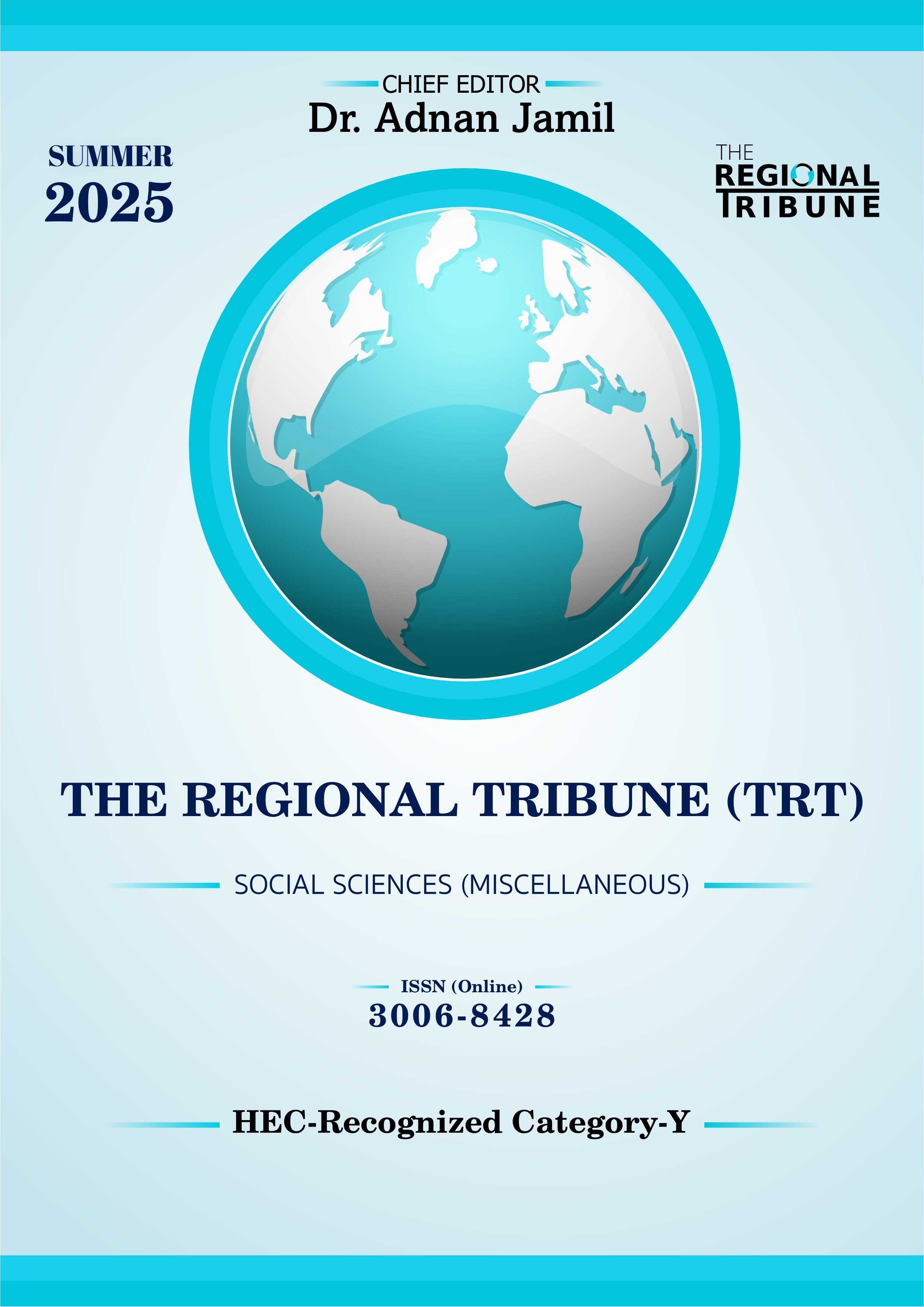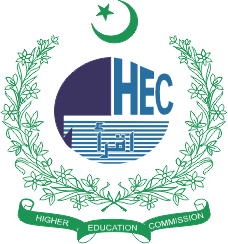The Thal Paradox: A Legacy of Golden History and Systemic Neglect in Pakistan
DOI:
https://doi.org/10.55737/trt/SR25.139Keywords:
Thal Region, Political Neglect, Developmental Disparities, Infrastructure Deficit, Pakistan PunjabAbstract
The Thal region of Punjab, Pakistan, presents a profound paradox. Historically known as the "Golden Palace" for its ancient, advanced civilization and fertile past, it is geographically a challenging arid plain. Despite producing a significant number of the country's political, literary, and artistic leaders, Thal suffers from severe and systemic developmental neglect. This analysis examines the disconnect between the region's substantial political representation, 19 National Assembly and 37 Provincial Assembly seats, and its stark infrastructure deficits. The region lacks essential institutions such as universities, medical colleges, and hospitals, forcing youth to migrate and stunting local economic growth. This neglect is attributed to a cycle of unresponsive local leadership, whose priorities lie with party central command rather than constituent needs, and a populace disillusioned by unfulfilled promises. Consequently, Thal remains marginalized, its potential stifled by a lack of investment in education, healthcare, and industry, perpetuating a cycle of poverty and underdevelopment despite its rich historical and human capital.
References
Abbas, M. W., Ahmad, M. S., & Ahmad, I. (2020). Settlement of the Thal Desert (1949-1969). Global Political Review, V(II), 34-45. https://doi.org/10.31703/gpr.2020(V-II).04
Amin, M., Khan, M. R., Hassan, S. S., Khan, A. A., Imran, M., Goheer, M. A., Hina, S. M., & Perveen, A. (2020). Monitoring agricultural drought using geospatial techniques: a case study of Thal region of Punjab, Pakistan. Journal of Water and Climate Change, 11(S1), 203–216. https://doi.org/10.2166/wcc.2020.232
Government of Punjab. (2021). Gazetteer of the Layyah District, 2021. Layyah: Punjab Government.
Kalasra, K. (2019, March 14). Thal Ki Awaz Kon Uthaye Ga, Hamsab. https://share.google/UjbKSHHxZH1LX71qh
Kalasra, K. (2022, February 15). Adhoori Mulaqat: Thal Ki Maan Kay Khawab Kab Pooray Hon Gay. Daily Khaberayn Lahore.
Kalasra, K. (2022, February 18). Adhoori Mulaqat: Gul Phankay Hain Ghairoon ki Taraf. Daily Khaberayn Lahore.
Kalasra, K. (2024, May 31). Thal. Daily Khaberayn Lahore.
Khan, L. A. (2010). Layyah Taareekh-o-Saqafat (Jang Chah Daido Wala). Lahore: Punjab Institute of Language, Art and Culture.
Mianwalian. (2024, August 16). MIANWALI TEHSIL UNIONS. Mianwali.org. https://mianwali.org/mianwali-tehsil-unions
Mianwalian. (2024, January 26). Archaeological Sites in Mianwali Archives. Mianwali.org. https://mianwali.org/tag/archaeological-sites-in-mianwali/
Pervaiz, S. H. (1979). Zila Muzaffar Garh, Taareekh, Saqafat tay Adab. Lahore: Pakistan Punjabi Adabi Board.
Punjab Government, (1930). Punjab District Gazetteer: Muzaffargarh District 1929 with Maps, Vol XXXIV-A. Lahore: Government Printing.
Punjab Government. (1984). Gazetteer of the Jhang District 1883-84. Lahore: Arya Press, 1984.
Shafi, M. M. (2023). Qadeem Taareekh-e- Thal aur Roran kay Aasaar-e- Qadeema. Layyah: Urdu Sukhan Pakistan.
Thind, M. N. M. (2009). Taareekh-e- Bhakkar, Taareekh, Siyasat, Maqami Hakoomtain aur Ahem Waqiaat, 1st Edition. Layyah: Lok Punjab Publishers.
Downloads
Published
Issue
Section
License
Copyright (c) 2025 Muhammad Khizar Hayyat, Dr. Samia Khalid

This work is licensed under a Creative Commons Attribution-NonCommercial 4.0 International License.



